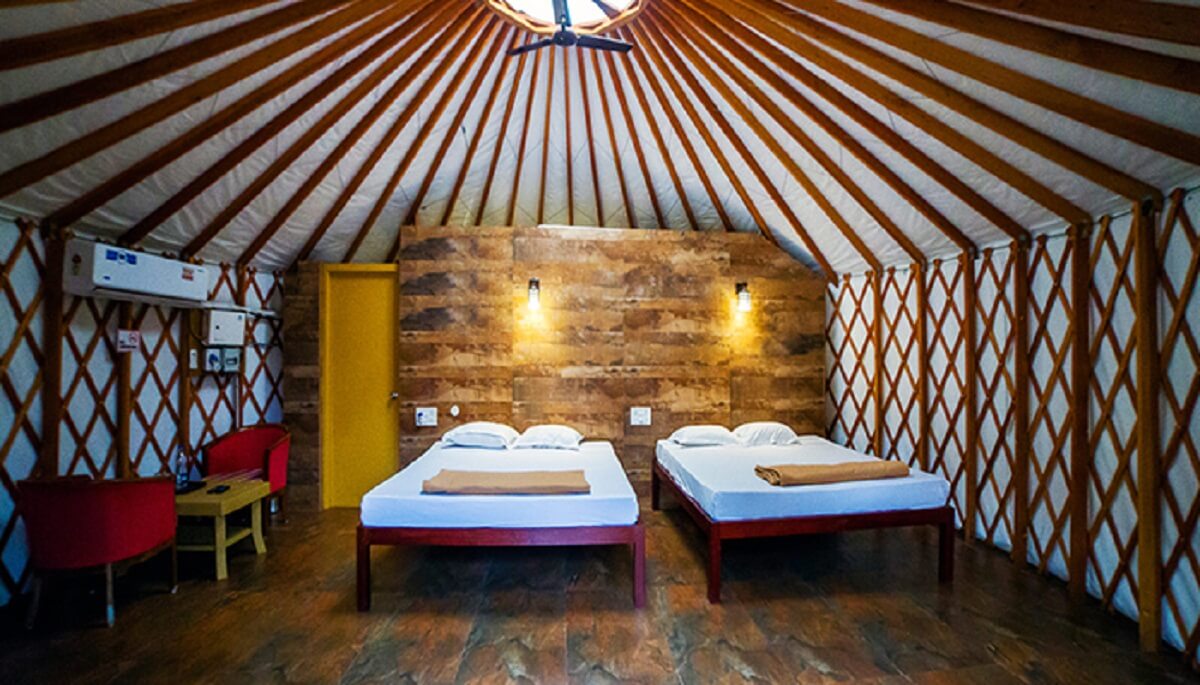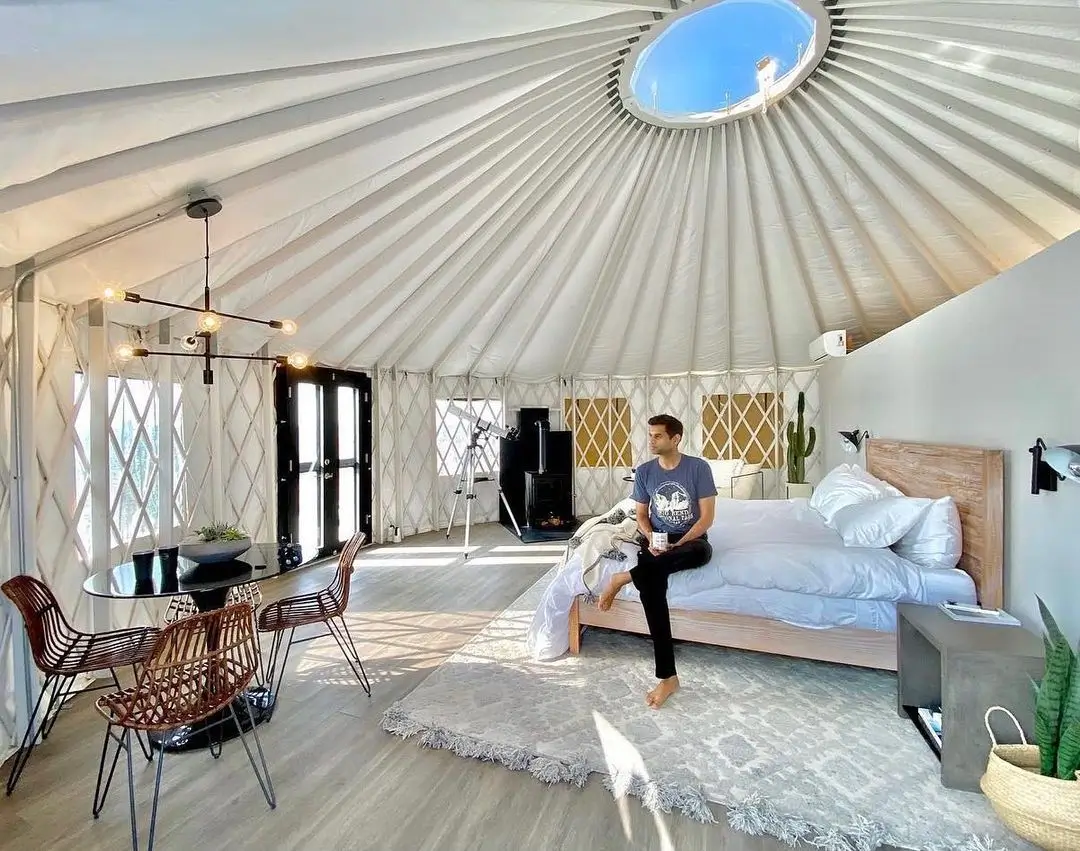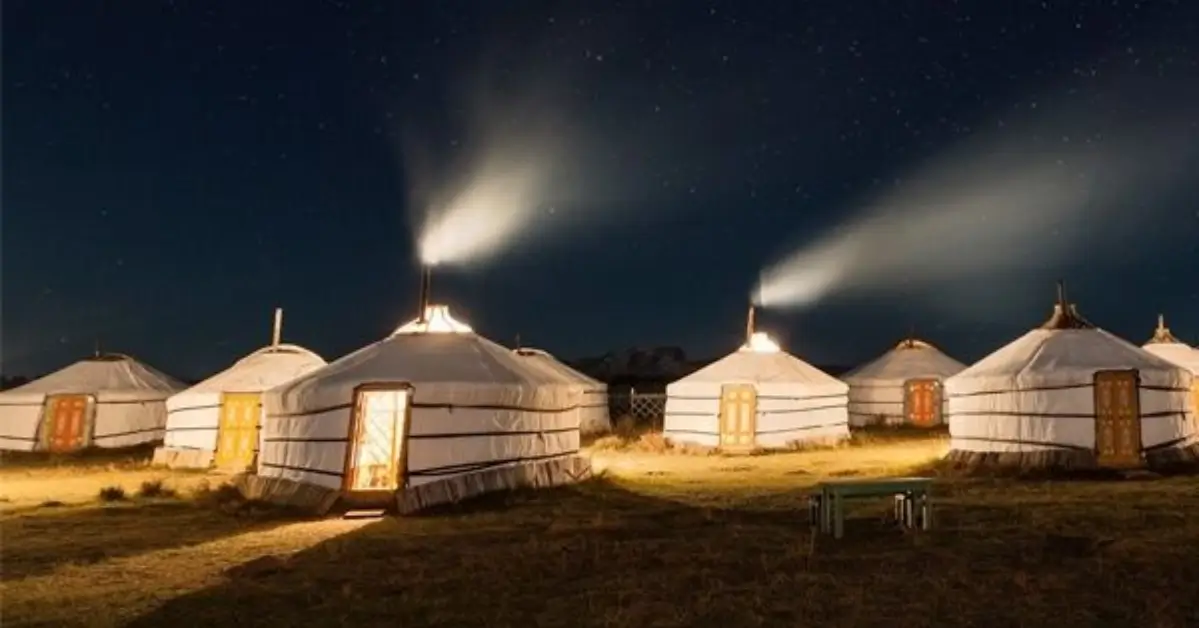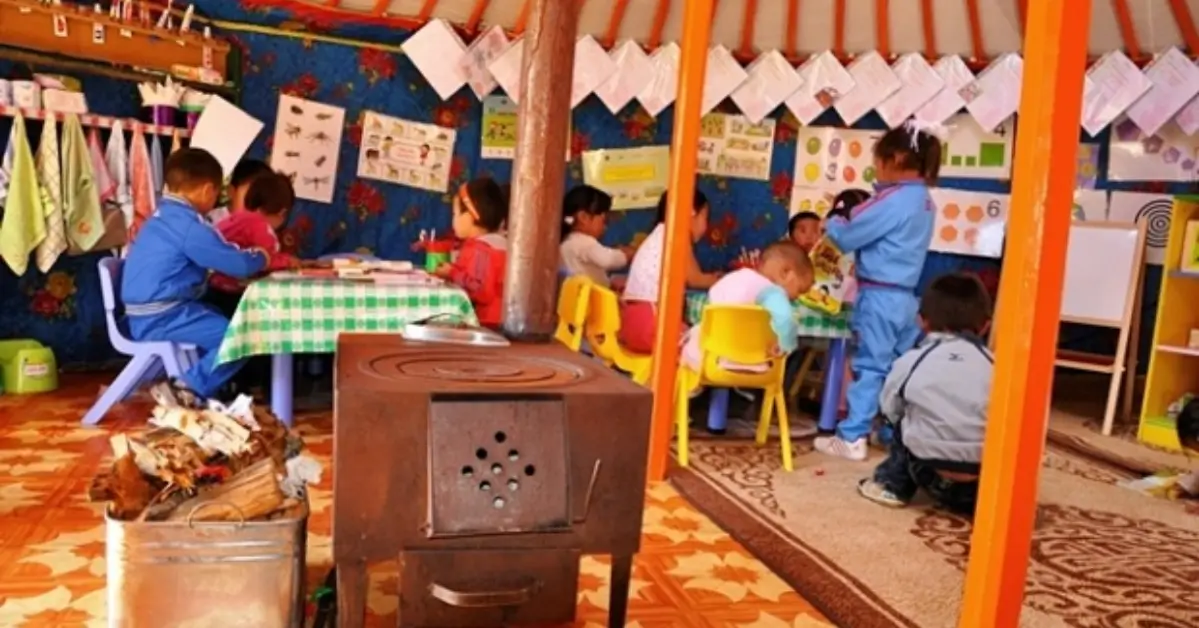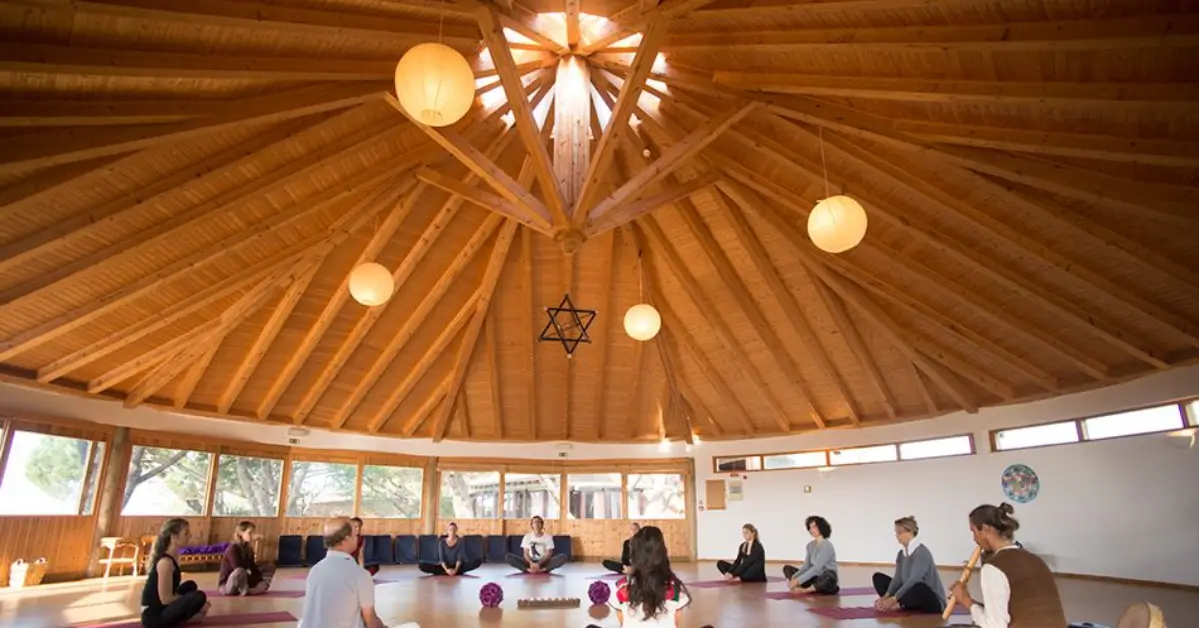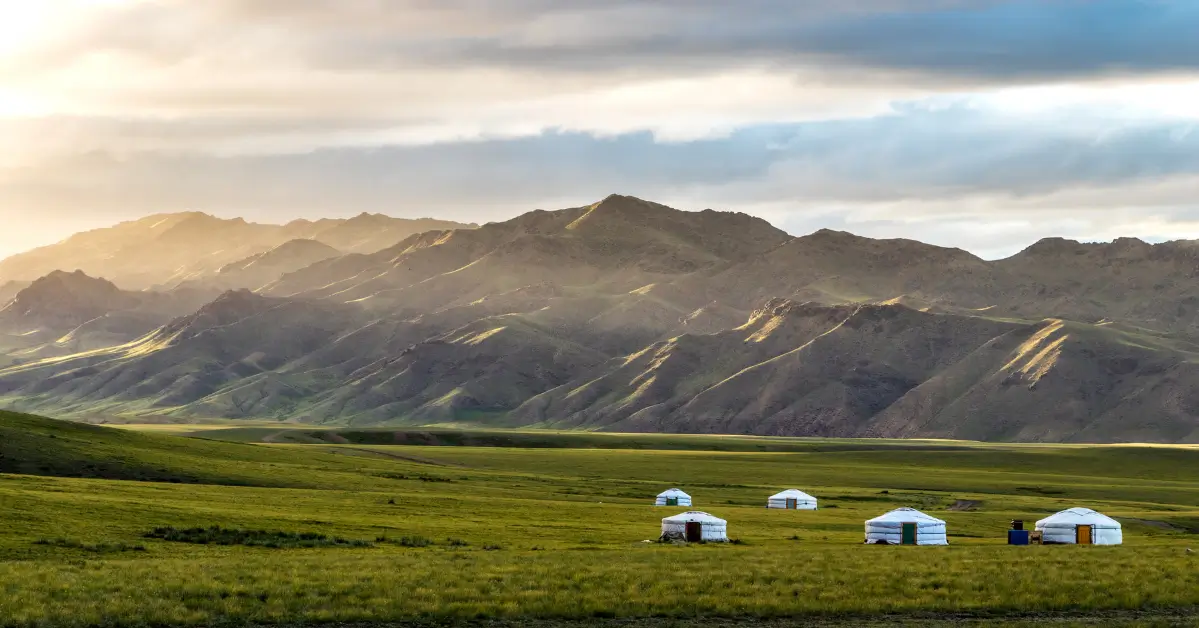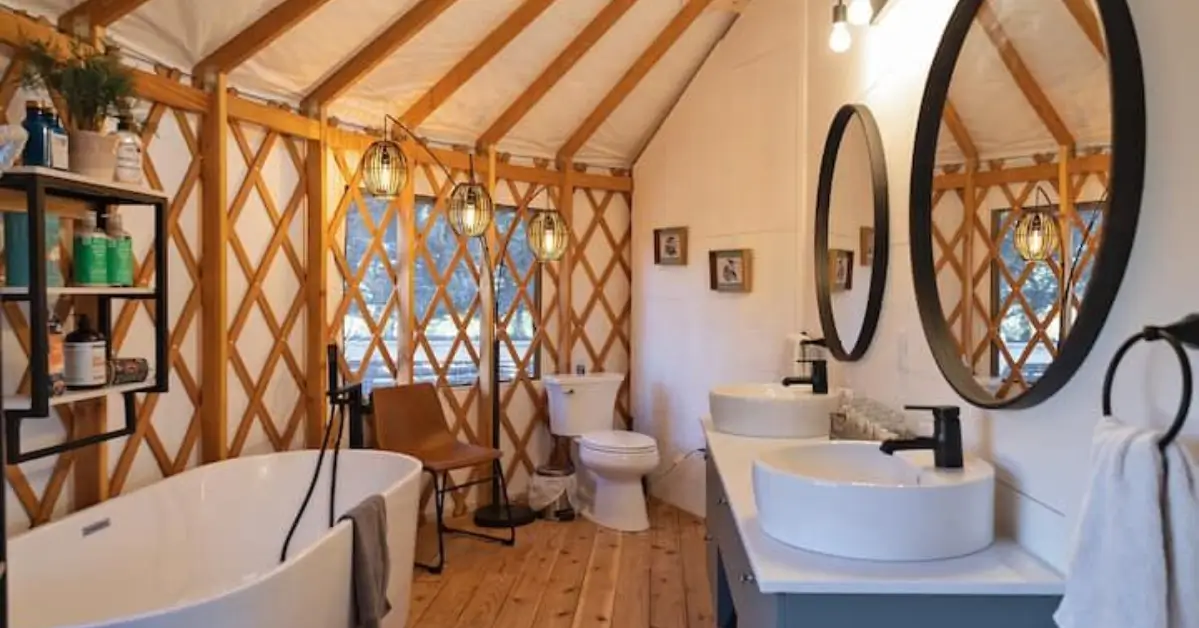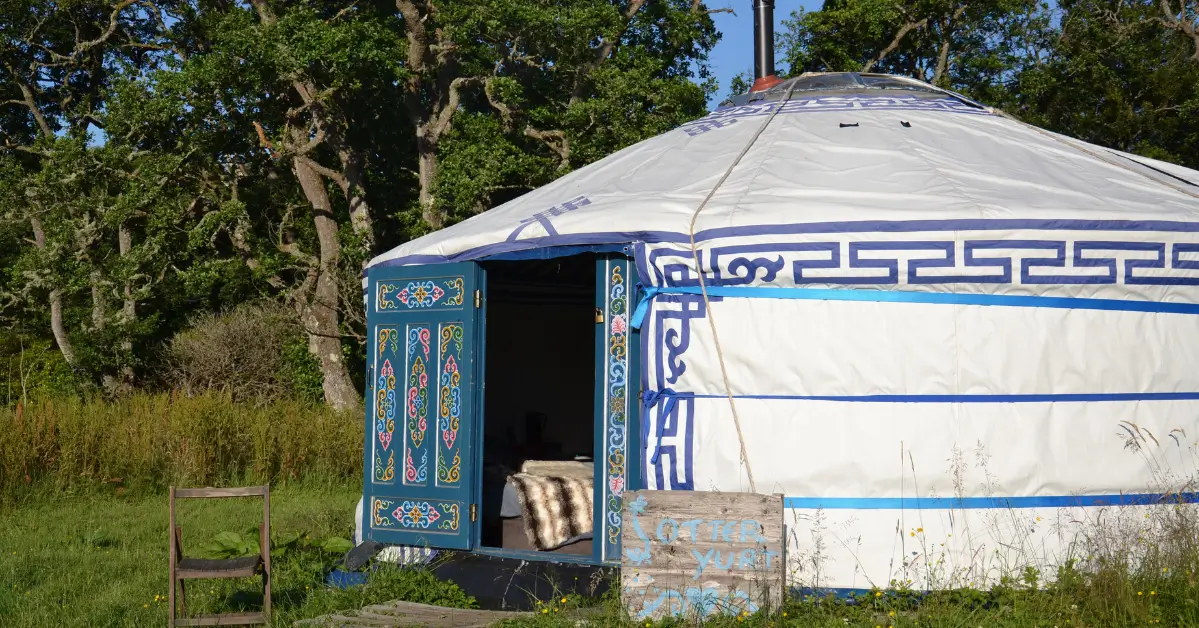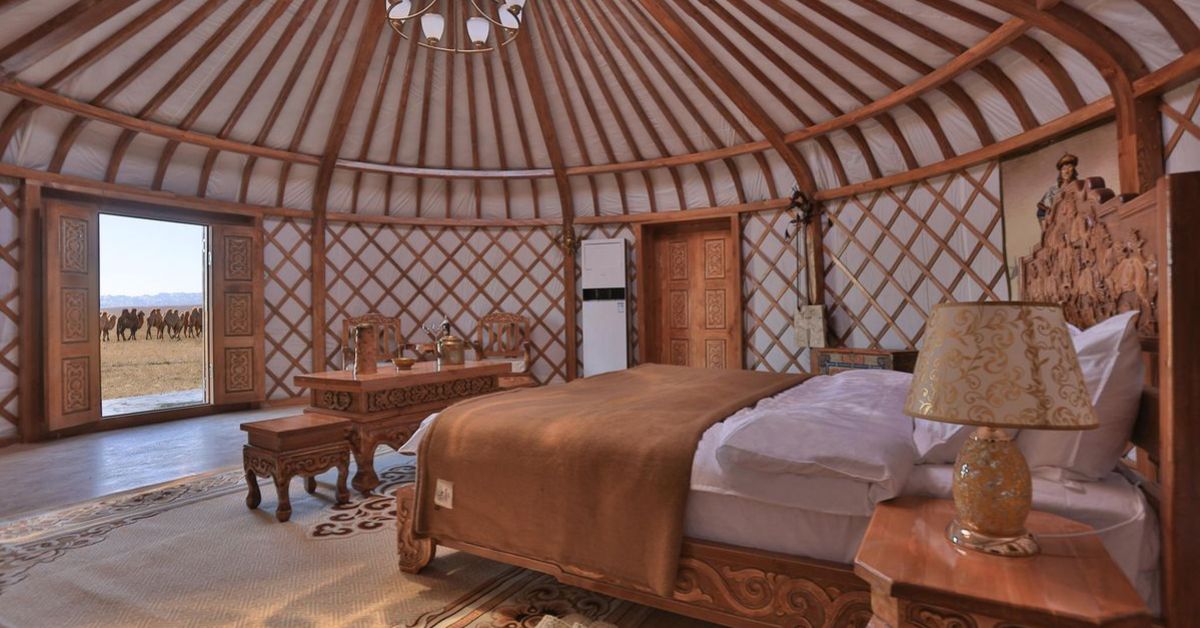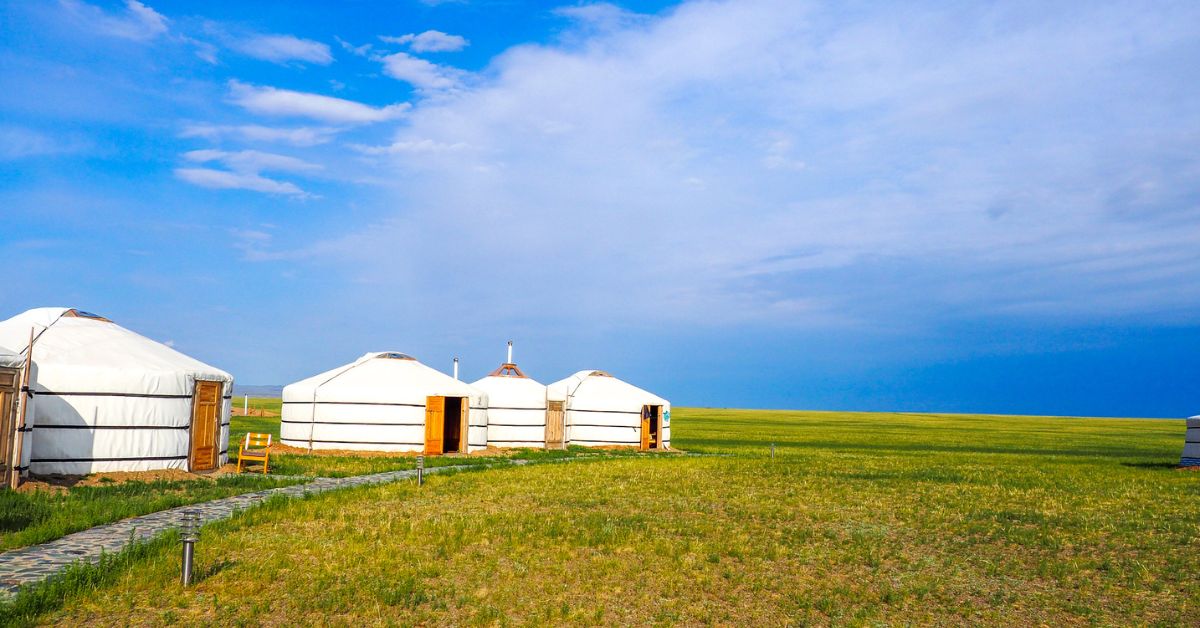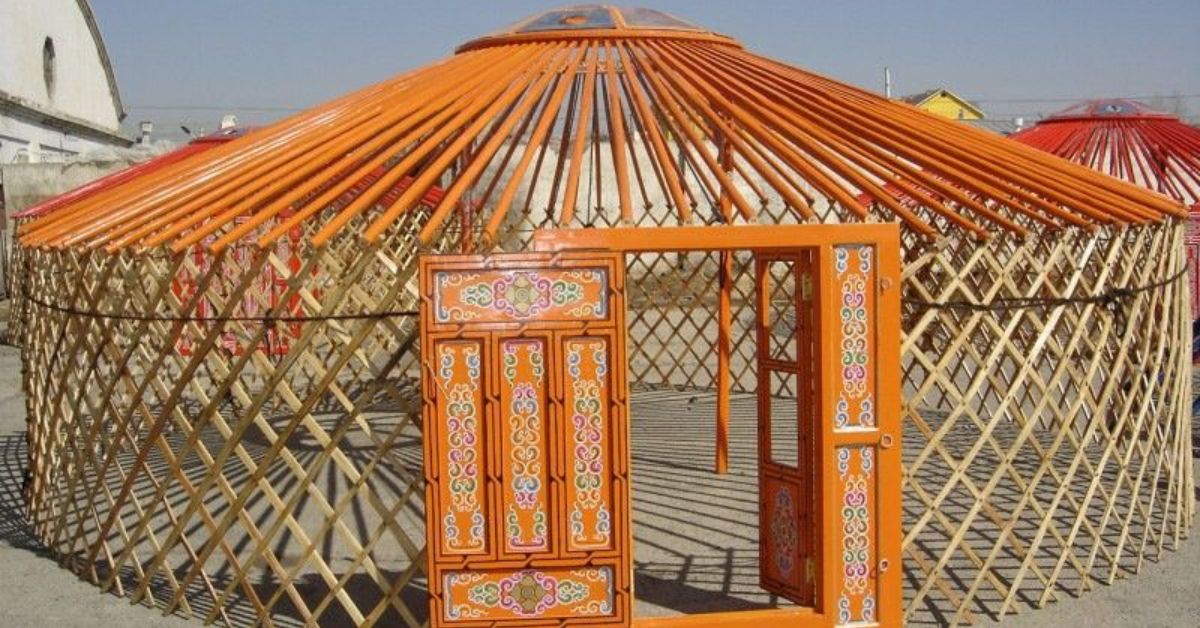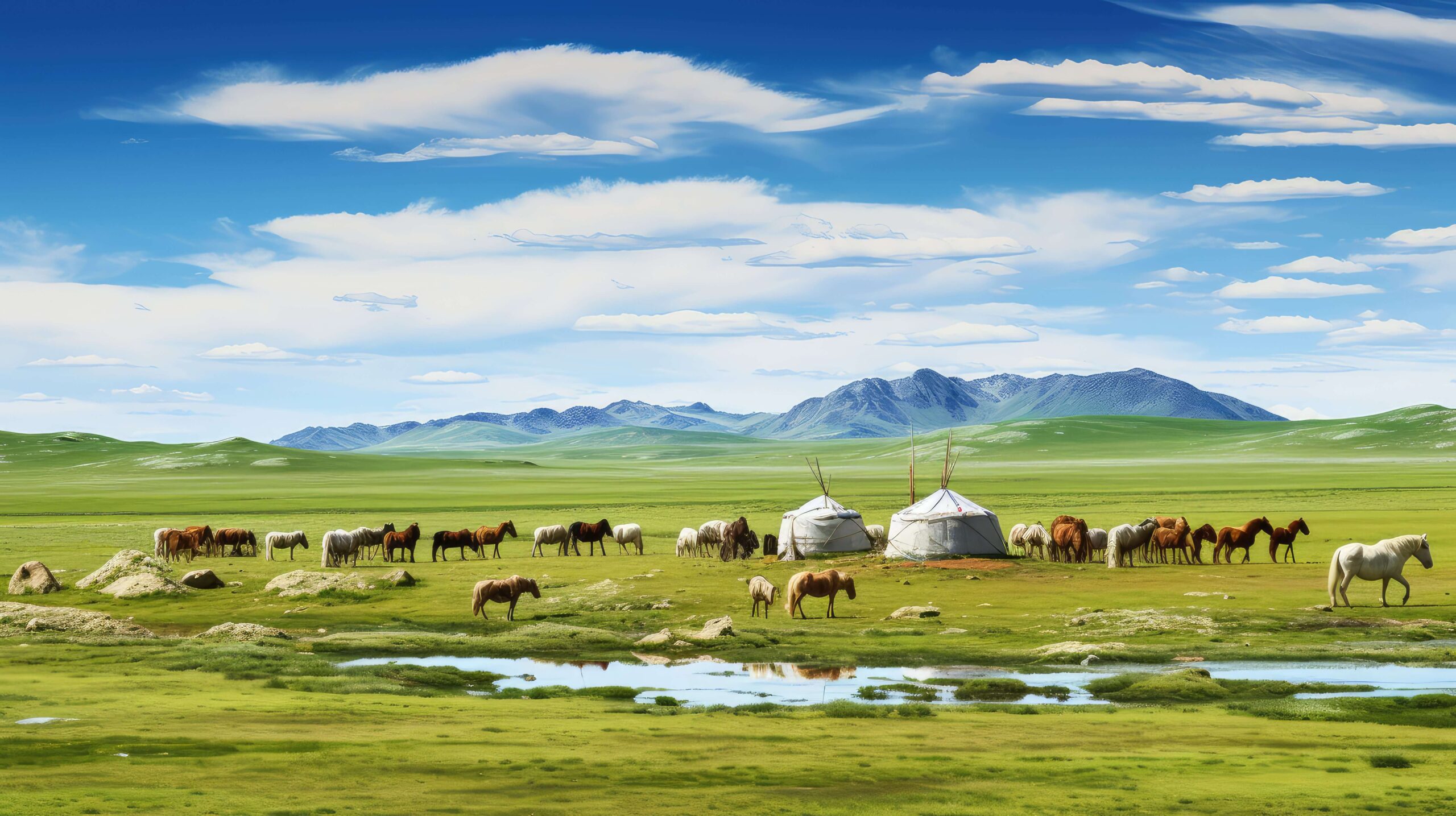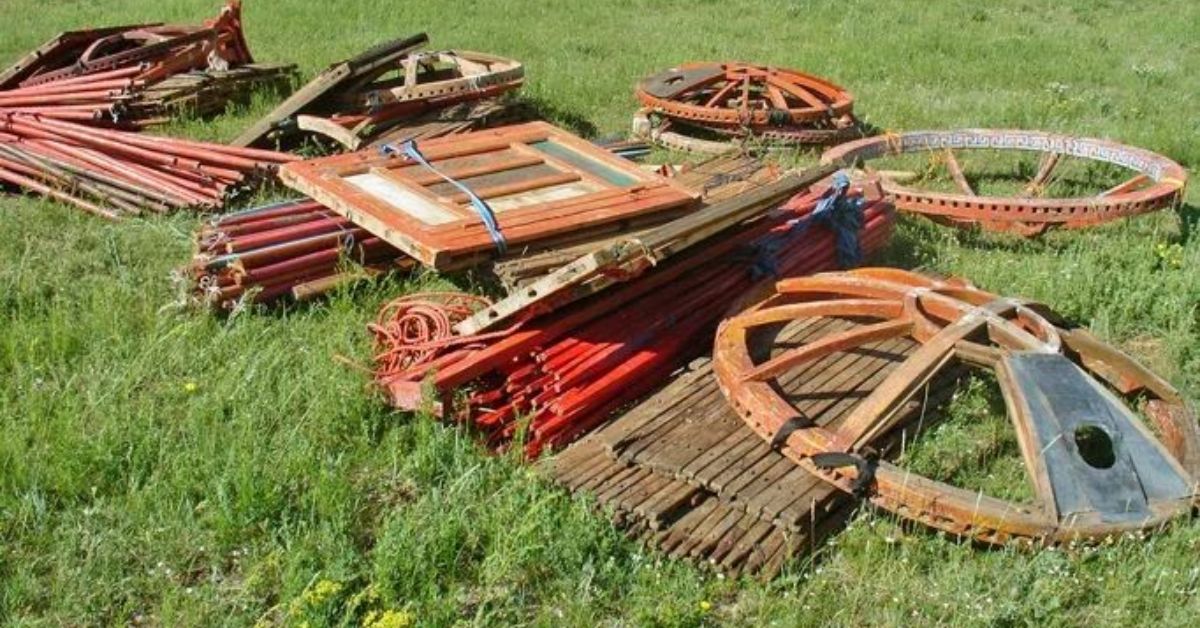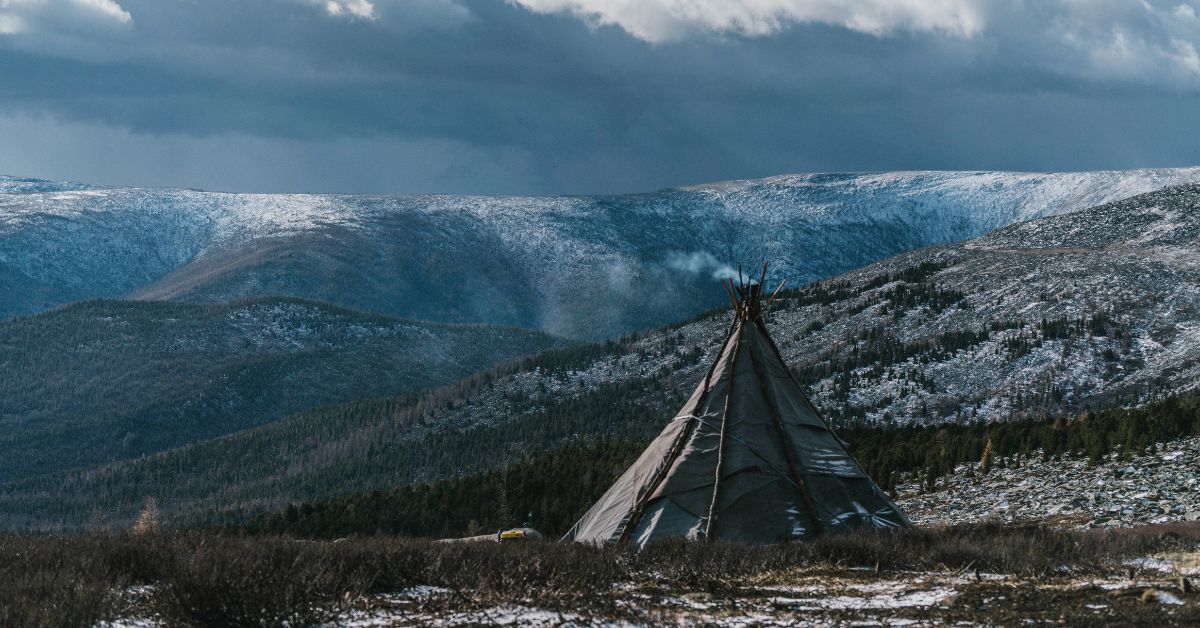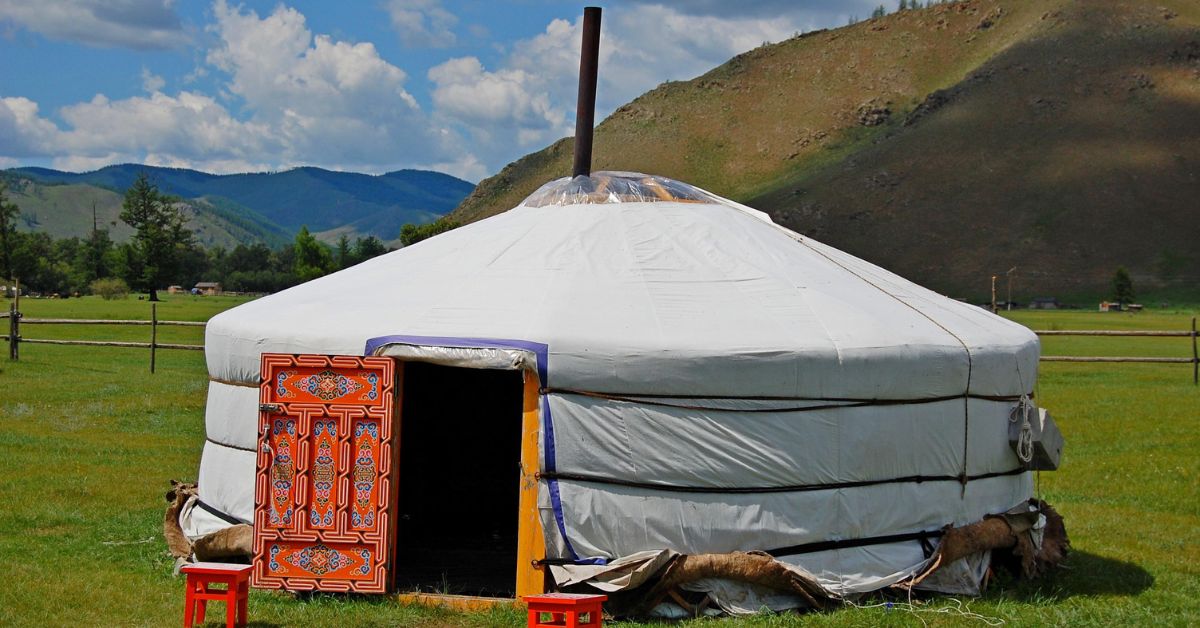Ger District Ulaanbaatar
The capital’s ger districts, perched on hills and mountains around Ulaanbaatar, face significant urban development and environmental challenges, including air pollution and inadequate infrastructure. The Mongolian government is actively involved in addressing these obstacles through various programs and partnerships with international organizations. The ger districts house schools, stores, and hospitals like other communities, yet they lack paved roads and display a seemingly haphazard arrangement of buildings, settlements and gers.
Key Takeaways
- Ger district Ulaanbaatar is characterized by a lack of infrastructure and organized layout.
- Many residents migrated from the countryside, facing economic hardships.
- Coal-fueled stoves contribute significantly to air pollution in Ulaanbaatar.
- Access to clean drinking water and educational services is limited.
- Efforts are being made to improve living conditions through infrastructure and efficient stove programs.
The people living here have often migrated to the outskirts of Ulaanbaatar from other settlements in the countryside, or they are the children of migrants. Economically, they are not as well-off as those residing closer to the city center.
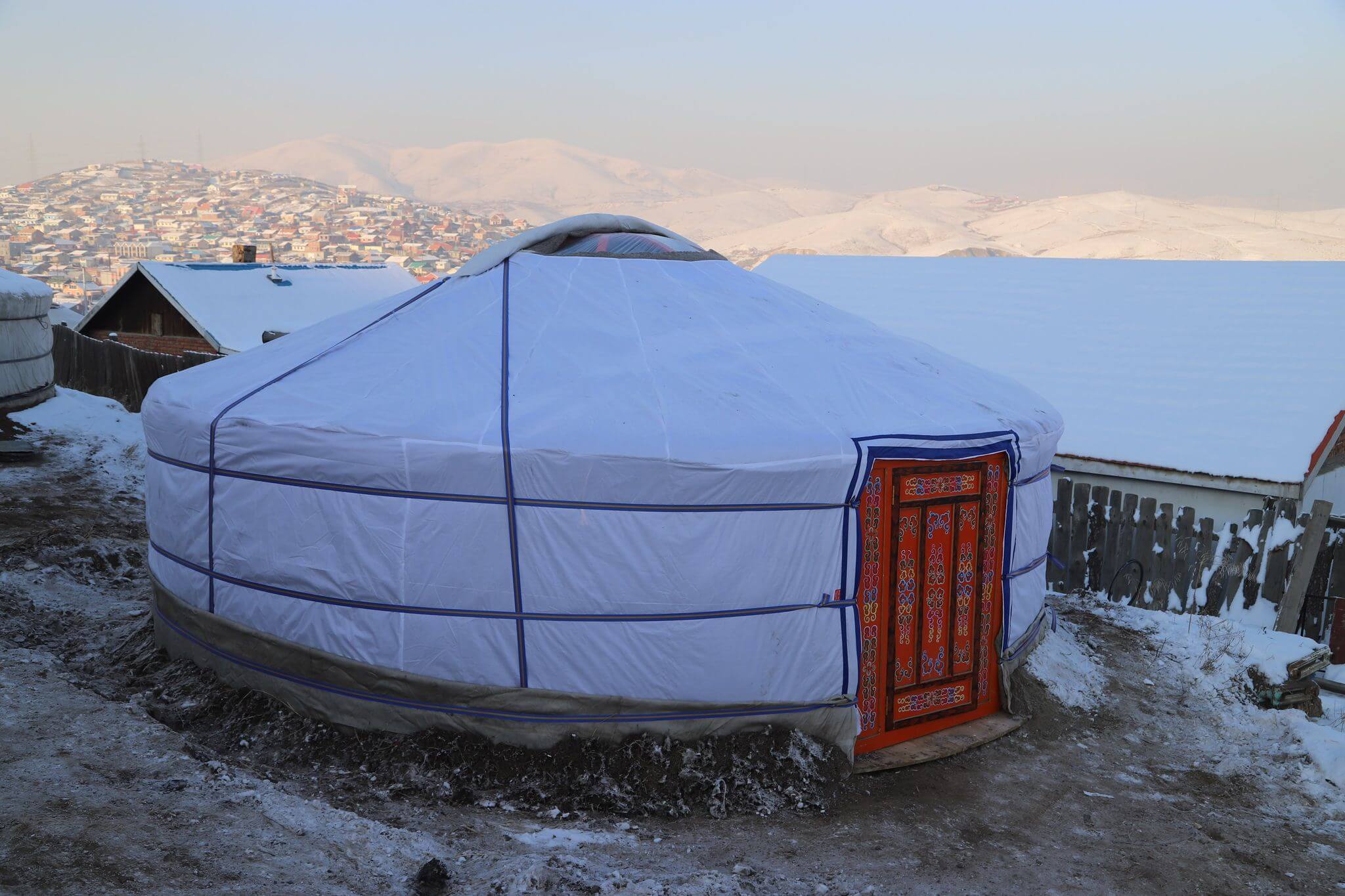
Key Issues in Ger District Ulaanbaatar
1. Air Pollution
One of the major issues in the ger districts is air pollution. Approximately 60% of Ulaanbaatar’s residents live in ger districts, and many rely on coal-burning stoves for heating, especially during the harsh winter months. The lack of central heating forces families to use alternative heating methods, exacerbating air pollution.
The use of raw coal in the construction of simple iron stoves is a major contributor to air pollution, particularly during the winter months.
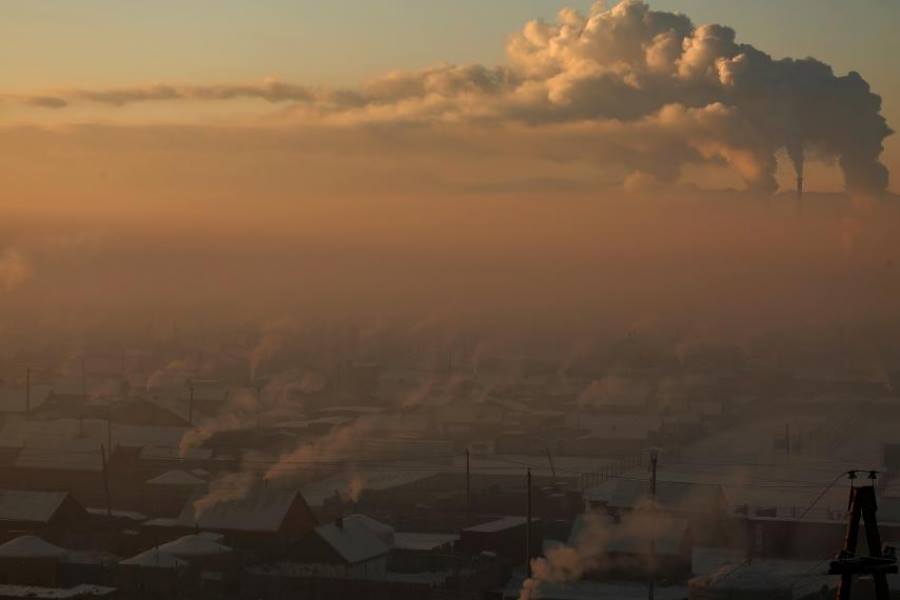
This practice contributes significantly to Ulaanbaatar’s air quality problems, with the city often ranking among the most polluted capitals in the world. During winter, particulate matter (PM2.5) levels can exceed the World Health Organization’s recommended limits by up to 14 times, posing severe health risks to the local population.
2. Drinking Water
Access to clean drinking water is another critical challenge in the ger district Ulaanbaatar. Only about 40% of ger district population and residents have direct availability to piped water. The majority rely on communal water points, which are often located far from their homes. Additionally, the use of pit toilets reflects the inadequate sanitation facilities available in these areas.
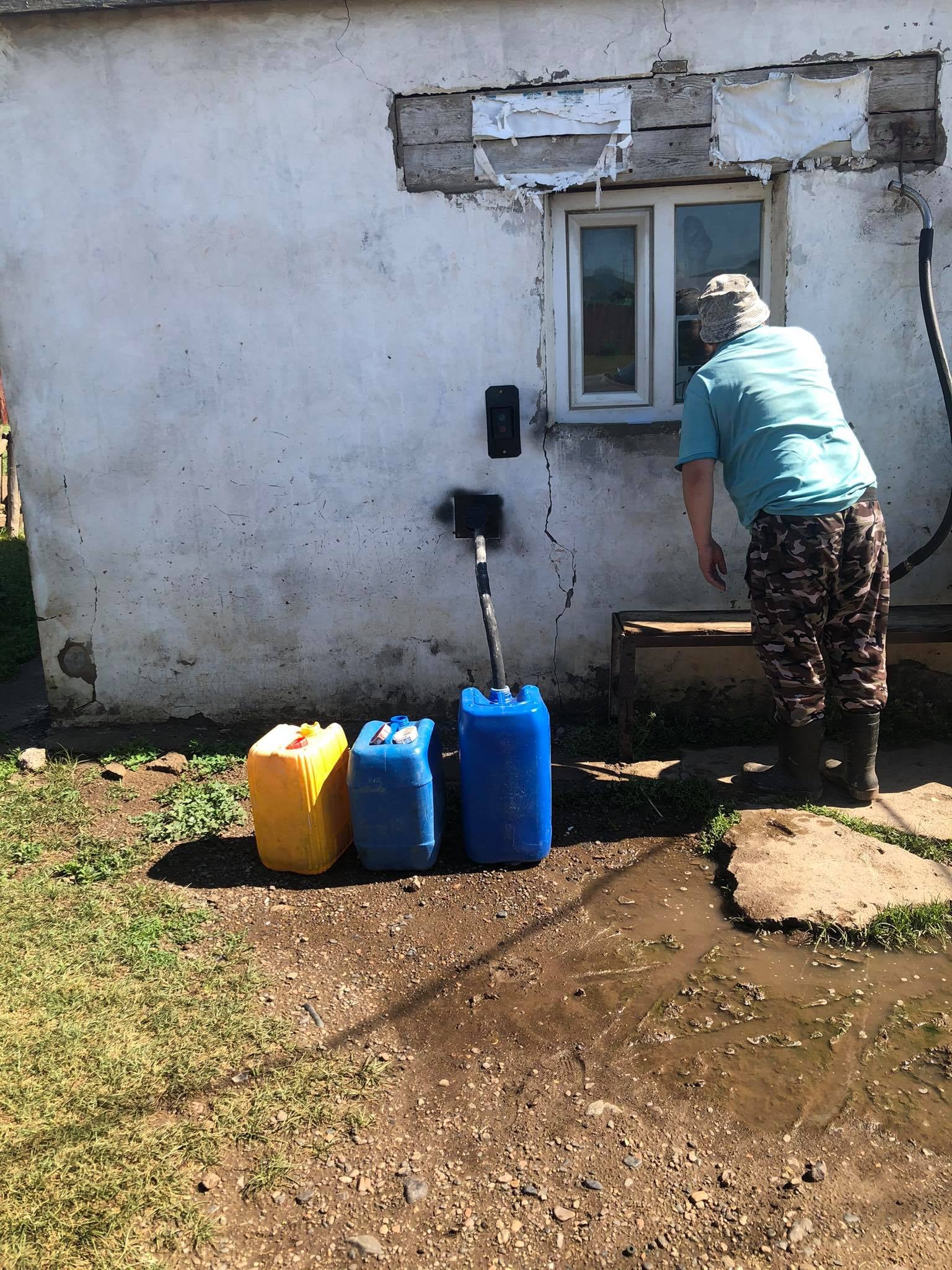
This situation not only makes daily life more difficult for citizens but also raises health concerns for citizens, as the long distances and limited availability can lead to the use of unsafe water sources. In some cases, residents may need to travel several kilometers to fetch water, highlighting the urgent need for improved water infrastructure in these areas.
3. Efficient Stoves
The government and various organizations, including the Asian Development Bank and the World Bank, have developed and introduced initiatives to provide more efficient stoves to ger district Ulaanbaatar residents. The International Finance Corporation (IFC) has also been involved in supporting these efficient stove construction programs.

These various improvement programs focus on creating and distributing stoves that burn fuel more cleanly and efficiently, significantly reducing emissions. For example, the introduction of these stoves has led to a reduction in particulate matter by up to 80%, according to recent studies. By improving fuel efficiency, these initiatives not only help to reduce air pollution but also lower heating costs for families, thereby improving overall living conditions.
4. Infrastructure Development
Paved roads, electricity, and improved housing options are slowly being introduced in ger districts. The United Nations Development Program (UNDP) has been instrumental in planning and supporting infrastructure development in these areas. Apartment complexes and others connected to better infrastructure can significantly enhance the quality of life for ger occupants.
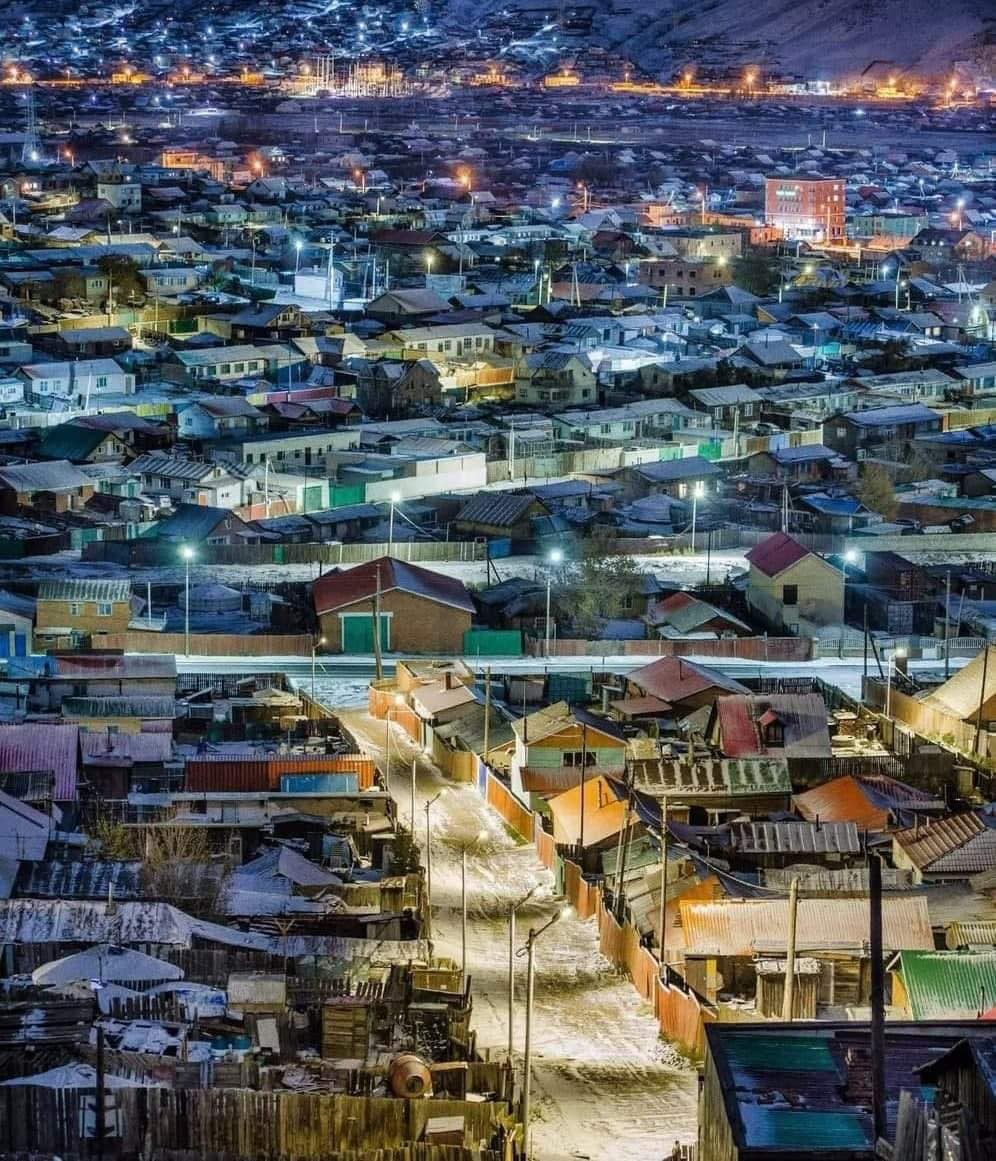
5. Education and Community Services
Access to education and other community services remains limited in many ger districts. Many children in these areas face long commutes to the nearest schools, which can impact their attendance and future academic performance. According to recent data, only about 30% to half of ger district Ulaanbaatar children have access to schools within a reasonable distance.
Additionally, community centers that provide essential services, for local needs such as healthcare, vocational training, and social support, are scarce. Establishing more schools and community centers within ger districts is crucial for the development and support of these communities. These facilities not only provide education and services but also act as hubs for community engagement and development, contributing to the overall well-being and growth in life, of ger district occupants.
Frequently Asked Questions
What are ger districts?
Ger districts are informal residential areas in Ulaanbaatar, the capital of Mongolia, where traditional Mongolian gers (yurts) serve as the primary form of housing. These areas are typically populated by former nomadic herders who have migrated to the outskirts of the city in search of better economic opportunities. The districts often lack basic infrastructure such as paved roads, sewage systems, and centralized heating, which poses significant setbacks for locals.
How do ger districts impact Ulaanbaatar’s air quality?
The extensive use of coal-fueled stoves for heating and cooking in ger districts is a major contributor to air pollution in Ulaanbaatar, particularly during the harsh winter months. The burning of raw coal releases high levels of particulate matter and other pollutants into the air, leading to severe health risks and making Ulaanbaatar one of the most polluted cities in the world during cold season in recent years.
What efforts are being made to improve living conditions in ger districts?
Efforts to improve living conditions and human being in ger districts include government and international organization initiatives aimed at upgrading infrastructure, such as roads running water and sewage systems, and providing access to clean water. Projects also focus on housing development and the distribution of more efficient stoves to reduce coal consumption. Some initiatives encourage the use of cleaner energy sources to mitigate environmental impact and improve public health.
How do residents get drinking water in ger districts?
In ger districts, many inhabitants do not have direct access to piped water. Instead, they rely on communal water points or kiosks where they can purchase water. This system often requires residents to transport water to their homes, which can be time-consuming and costly, particularly in the colder months when access can be more challenging.
What is being done to reduce pollution from coal-burning stoves?
To address the pollution caused by coal-burning stoves, several initiatives are underway. These include the introduction of more efficient stoves that burn less fuel and produce fewer emissions, as well as the promotion of alternative heating methods, such as electric heaters and solar power systems. Subsidies and incentives are often provided to encourage city inhabitants to adopt these cleaner technologies, with the goal of significantly reducing the city’s overall pollution levels.
Related Content:
Authentic Mongolian Yurts for Sale
Share to Public
